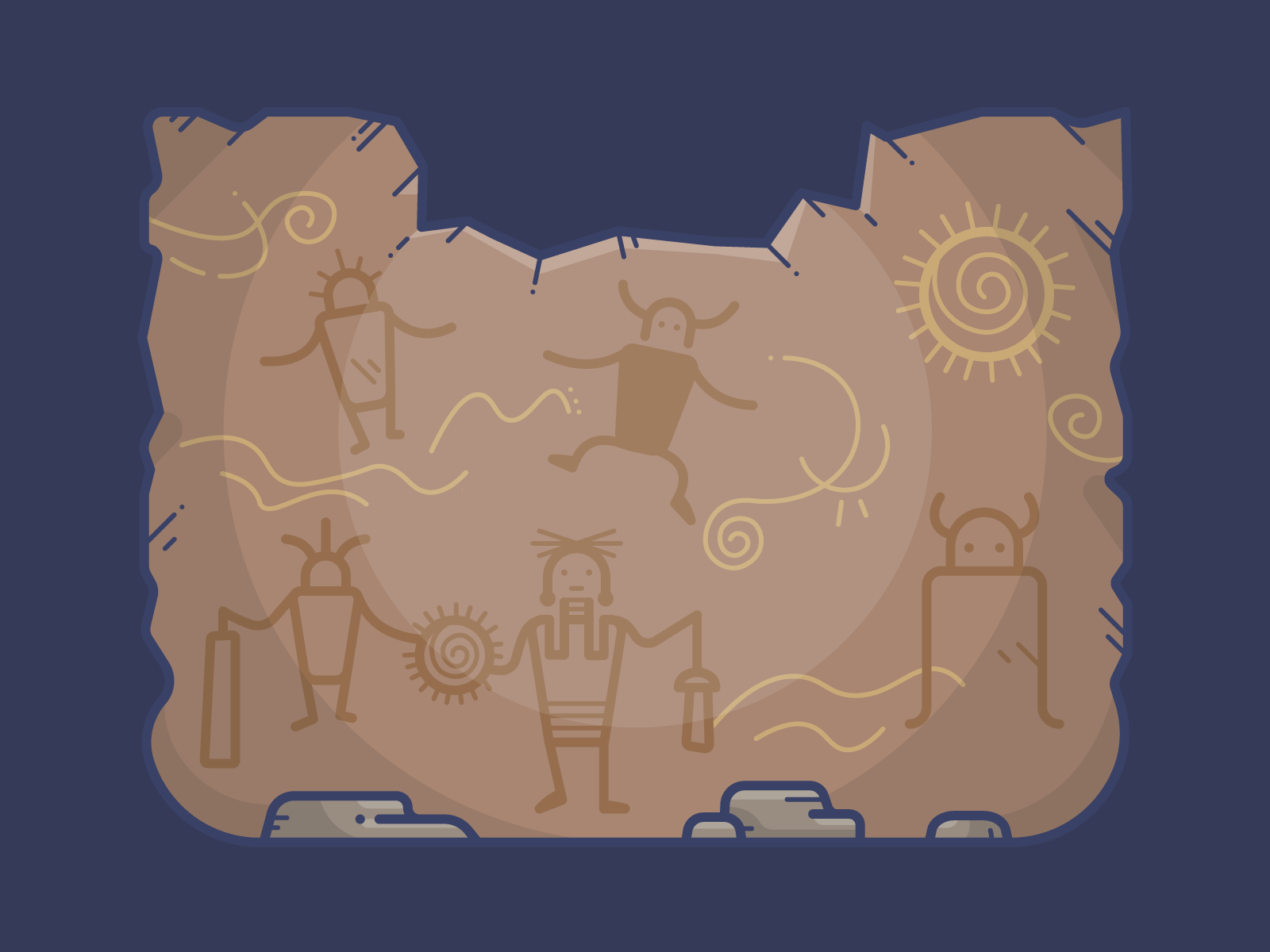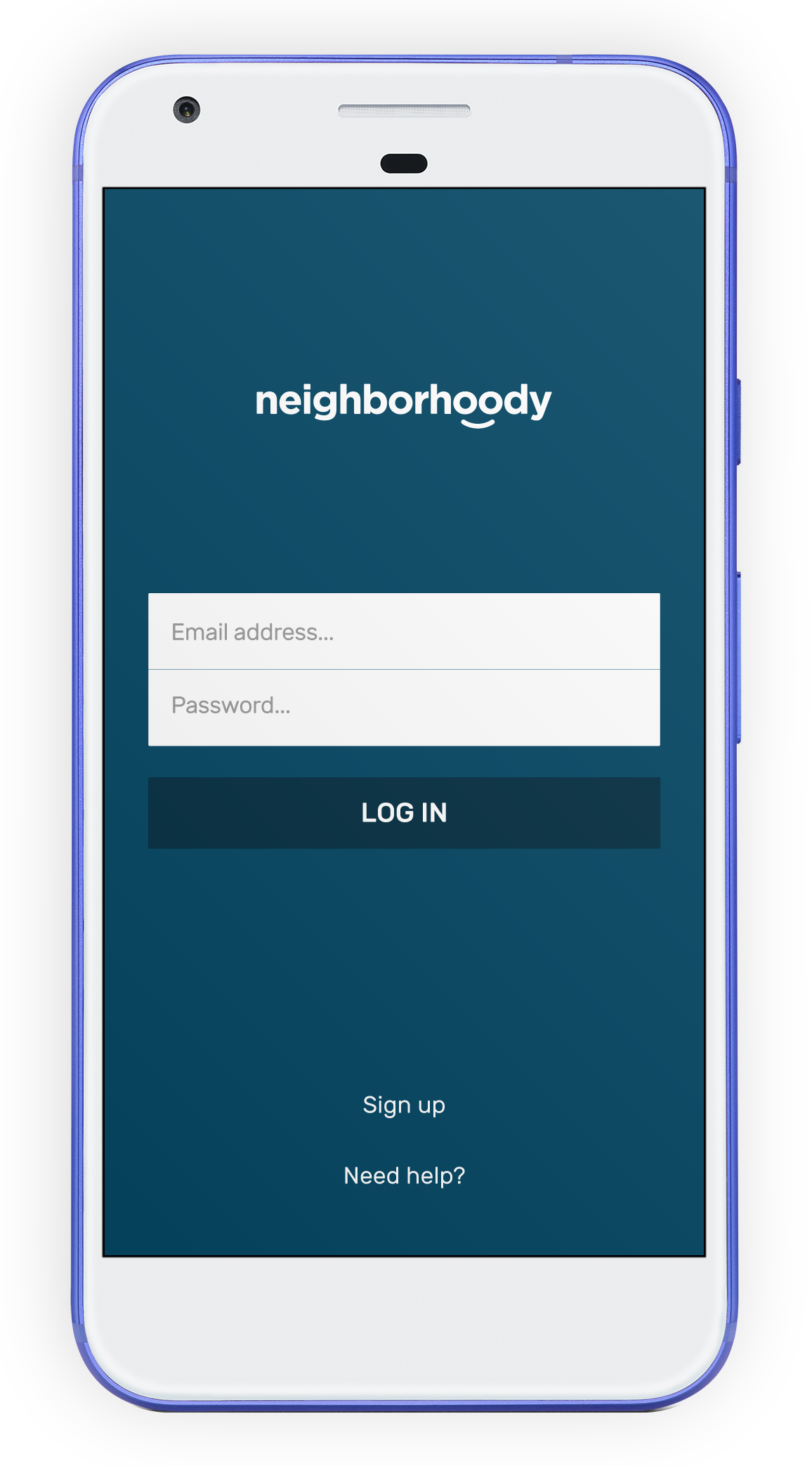The modern medium(s) available to transact information in the digital age doesn’t change the need to communicate, they only change the how; and, of course, the speed at which information is distributed and consumed.
Cave drawings from the Paleolithic era are some of the earliest forms of communication. Drawings of animals, shapes, and people tell vague stories of what these early humans experienced during the hunter-gatherer time period. Although these drawings only hint to what mattered most back then, the medium available in the present time was utilized for communicating their stories.
Fast forward a few thousand years and the Egyptians and Sumerians took it to a whole new level using a formal system to communicate in written form. Hieroglyphics are known to scholars as the earliest form of a formal writing system. This archaic formal writing system used to communicate is another example of leveraging the mediums available at the present time.
The mediums available today have evolved from these most basic forms of communication. For example, take the concept of a Facebook wall or Twitter feed. In theory, the content that’s published on these modern mediums is very similar to a caveman’s wall – a history of present-to-past life events or a prediction of the future. The only difference is speed and distribution. The underlying emotion that drives the distribution is the same as our prehistoric friends – communication is a necessity of life.
Speed: The Nucleus of Communication
Speed has and always will be the nucleus of communication. Why? Because timing is everything. The evolution and innovation of communicating have always been about timing. Let’s take long-distance communication for example. Smoke signals are one of the earliest forms of long-distance communication used to transmit a predefined message at a rate faster than one could travel by foot or horse. Organized postal services were created to deliver written messages in modern societies. Traditional radio and video broadcasting disrupted the way messages were shared across the globe. And today, the connectivity and speed granted by the internet are breaking down barriers previous systems couldn’t.

Every method of communicating listed in the chart above has one thing in common: It’s faster and more reliable than its predecessor. Speed and reliability matter because they eliminate miscommunication. Miscommunication never ends well.
How Modern Technology is Transforming the Way We Consume
The modern mediums widely used to communicate today are all about ease. Ease to create, distribute, and consume. Because of the ease to create and distribute content, the amount of content available to consume far surpasses the threshold for what a single person can actually consume and allocate attention to.

Basically, there’s too much content out there for one person to consume it all – we have to narrow our focus and consume only what matters to us most individually.
Why Modern Communication Matters for Community Associations
We are all competing for attention. Attention for relevancy and consumption. Residents and homeowners aren’t waiting around for their mail to arrive. And they’re definitely not a fan of filling out a paper form and mailing it back to your office. Modern communication efforts in the digital age matter because that is what’s relevant for the end consumer. Relevancy increases your chances of grabbing one’s attention.
For information to be consumed with full attention in the digital age, it must be delivered on-time, on the right medium(device), and highly relevant to the end consumer.
Using modern communication mediums such as email, SMS text messaging and publishing content on social media platforms like Facebook and Twitter meet the end consumer where they are – on digital devices. When you shut off the water to the entire community because of a main water line breakage, people want to know. They don’t want to call your office and ask what’s going on – they want to be told as it happens.
Digital Communication is the New Normal for Communicating
15 years ago, online dating was weird. Today, online dating is the new normal. Swipe left, swipe right – need I say more? It’s only weird if you don’t interact digitally while searching or actively dating someone. Basic communication is following the same trends.
How many times have you been to a restaurant and seen a couple texting on their phones instead of communicating with each other verbally? Today, communicating through digital devices is the new normal. We make fun of it all the time, especially those with a romantic view of what the world should be and “the good old days”. Well, if you find yourself doubting technology and modern communication, you might consider rethinking your viewpoint because it’s definitely not going away.
Take Advantage of Modern Tools to Communicate
In summary, the way we communicate or do anything is always evolving. The good news is, the velocity at which we distribute and consume content may be nearing a plateau, considering we can’t distribute any faster than instantly, which we’ve recently achieved. But, because of the ease of distribution, the volume of available content has increased so attention is becoming ever more important. We must be relevant to demand attention. Using the systems and networks available in the digital age is crucial to distributing relevant content that will be consumed by your residents and homeowners.
Nothing is worse than delivering a violation letter to a homeowner 3 days after they’ve already mowed their lawn. Of course they’re upset. Can you really blame them? Your communication efforts were late and irrelevant.





